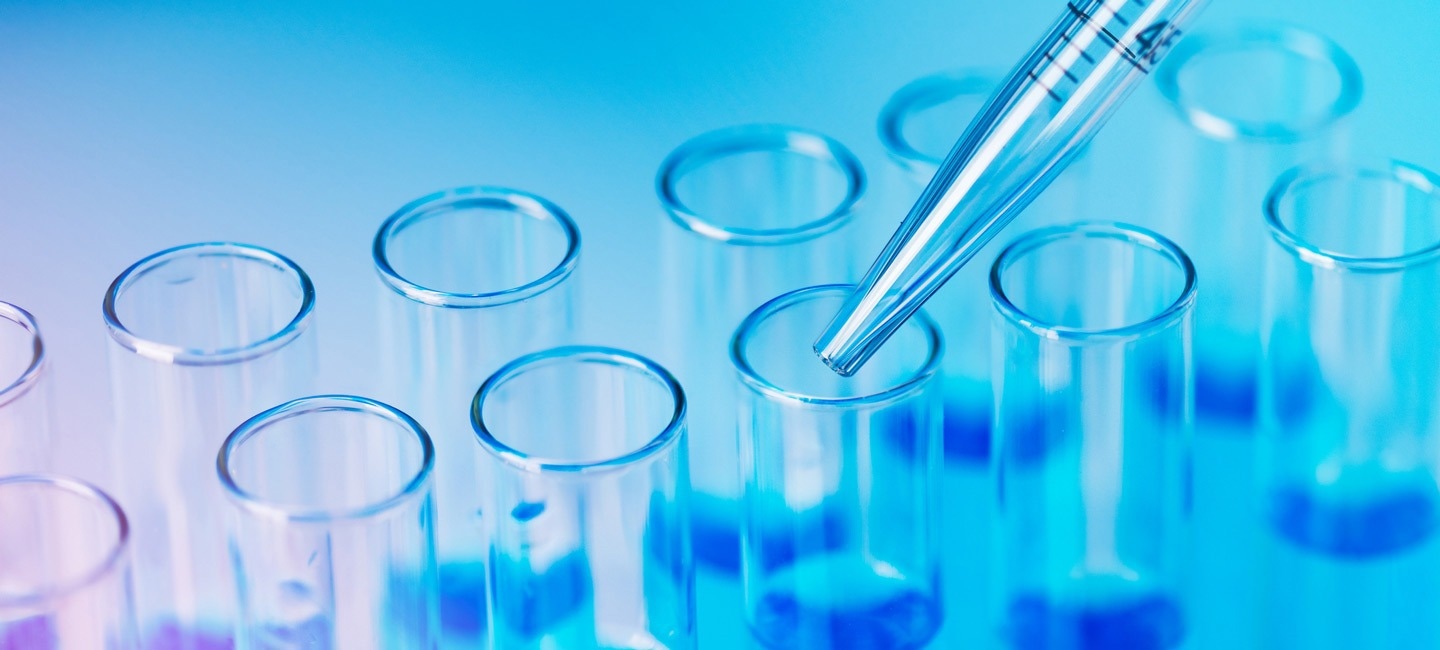Reviewed by Danielle Ellis, B.Sc.Jan 23 2024
Over the past decade, there has been significant progress in the development of novel sulfur-containing compounds utilized across diverse industries, including pharmaceuticals and agricultural products.

Image Credit: Moffitt Cancer Center
Among these, sulfoximines, sulfonimidoyl fluorides, and sulfonimidamides represent sulfur-containing chemical compounds with extensive potential as therapeutic drugs. Despite their promising applications, the synthesis process for these compounds is intricate and presents various limitations.
In recent research published in Nature Chemistry, researchers from Moffitt Cancer Center detail their creation of a new reagent, introducing a more efficient approach for synthesizing sulfoximines, sulfonimidoyl fluorides, and sulfonimidamides—compounds that hold promise for medicinal applications.
Four primary chemical approaches are commonly employed for the synthesis of sulfoximines, sulfonimidoyl fluorides, and sulfonimidamides. A more recent addition to these methods is sulfur fluorine exchange (SuFEx) chemistry, which has garnered attention. However, this approach is hindered by several limitations that impede its widespread adoption, including the necessity for high-pressure conditions.
The Moffitt research team aimed to enhance the efficiency of creating sulfoximines, sulfonimidoyl fluorides, and sulfonimidamides. Employing diverse chemical experiments and processes, they devised a reagent, t-BuSF, which acts as a central component in the SuFEx chemical process for synthesizing these sulfur-containing compounds.
The incorporation of t-BuSF reduced the number of necessary steps in the synthesis of these compounds while enhancing reaction times and the stability of their chemical precursors.
In showcasing the potential utility of t-BuSF in medicinal chemistry, the researchers provided over 70 examples and prepared five therapeutic targets and intermediates. Their demonstration revealed that t-BuSF could generate these products with high yields and a reduced number of synthesis steps.
Given the cost-effectiveness and the chemical space accessible from this reagent platform, it is expected to have positive impacts on the discovery sciences from the development of new medicines and agrochemicals to the discovery of new ligands, organocatalysts, and materials.”
Justin Lopchuk PhD, Associate Member, Department of Drug Discovery, Moffitt Cancer Center
Source:
Journal reference:
Teng, S., et al. (2024). Asymmetric synthesis of sulfoximines, sulfonimidoyl fluorides and sulfonimidamides enabled by an enantiopure bifunctional S(VI) reagent. Nature Chemistry. doi.org/10.1038/s41557-023-01419-3.